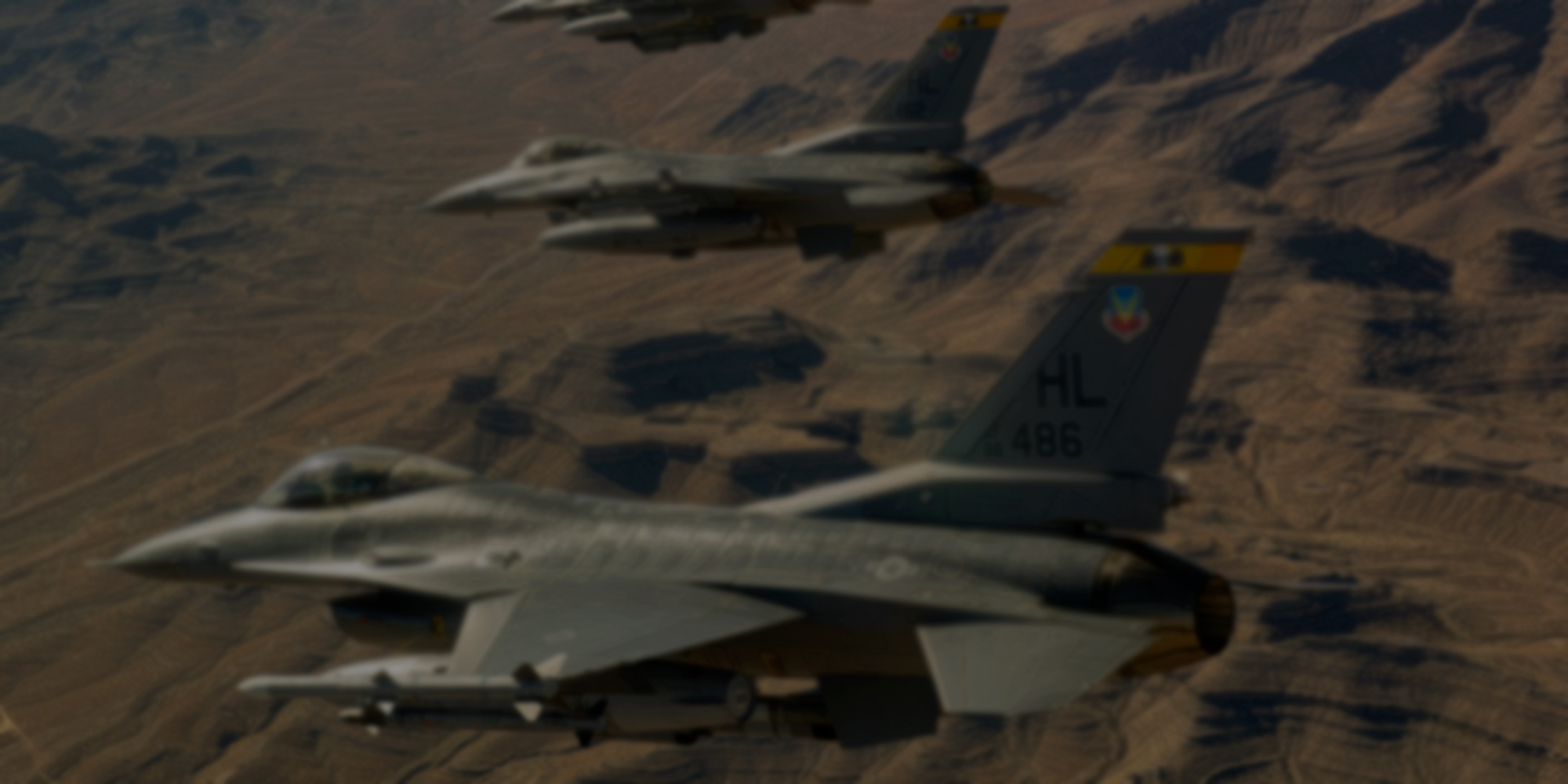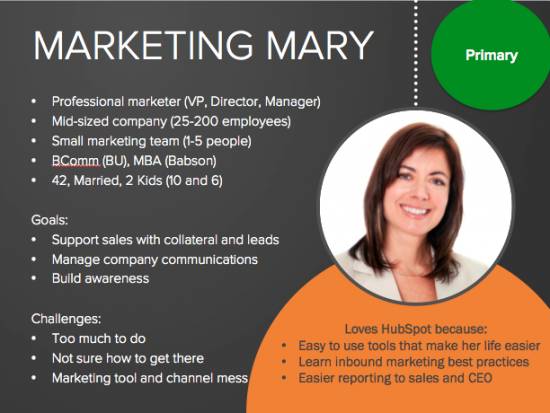Everyone runs around saying you need to produce “high-quality content” if you want to succeed at content marketing.
Okay.
I think we can all agree that creating quality content is essential.
But… how?
What—exactly—is the process you’re supposed to use to create this content?
And how can you do it faster?
I’ve been writing professionally since 2004. I’ve been a journalist on deadline, a grant writer in search of millions of dollars, and a marketer writer working to attract leads.
I’ve written and published thousands of content pieces.
In this post, I’m going to share with you exactly how I do what I do.
You’re going to see the exact process I use to create a LOT of high-quality content—sometimes 15,000 words a week—both for my clients and for myself.
But first, we need to talk about fighter pilots.
Stay with me. I promise this will make sense in a moment…
Project Red Baron II and the U.S. Air Force’s Response
In 1973, the U.S. Air Force published a classified analysis of the air war in Vietnam called Project Red Baron II.
Within the report was a key finding that drove dramatic changes for fighter pilot training in the U.S. military.
Analysis showed that a pilot’s chance of surviving an air-to-air combat encounter in Vietnam was significantly better if he’d already flown and survived 10 combat missions.
The military concluded that pilots going into Vietnam would have benefitted from better instruction in combat maneuvering and opportunities to practice combat in non-lethal scenarios.
In other words, to improve performance, pilots needed:
- Better training
- Life-like practice
Simple, right?
So that’s what they did. From 1975 onward, the Air Force and Navy got serious about teaching combat maneuvering during training.
And for practice, the Air Force established a massive new air war simulation.
They called it: Red Flag.
Red Flag is a one-week air combat exercise that includes pilots and aircrews from all over the world.
It’s been hosted every year since 1975 at Nellis Air Force Base in Nevada.
Basically, it’s war in the sky.
The combat is simulated of course, but every effort is made to create an experience that’s extremely close to real combat.
Most pilots fly 10 simulated missions during the week. One mission in the morning. Another one in the evening or at night. For five days.
In this way, pilots get their critical 10 combat flights—except, without the danger of being shot at in the process.
U.S. pilots have performed significantly better in combat situations ever since.
Instruction + Practice = Performance
I’ve never flown a fighter jet (obviously).
But if you read what fighter pilots say, you’ll hear them say that much of it becomes intuitive. After a combat engagement, they’ll say things like, “everything slowed down” and “my training just took over.”
When they’re learning the basics of flying, it feels overwhelming. But with practice, it becomes second nature.
In this scenario, you are the fighter pilot.
If you’re new to creating content, I guarantee it will feel overwhelming.
You’ll sit at your computer, staring at the screen.
You’ll feel like you know exactly what you want to write, but—somehow—when you start typing, the words won’t quite capture the idea you’re trying to express.
If that’s how you feel, I want you to know:
That’s completely normal.
All of us who create content for a living, we all feel that way sometimes.
The difference between you and me?
There’s no special skill I have that you don’t.
It’s just that I’ve had extensive training.
I have an English degree. I’ve read hundreds of books on writing, storytelling, and literature.
I’ve also flown way more than 10 combat missions for the type of writing I do every day.
When I feel stuck, I don’t panic, give up, or stare at the screen for hours on end.
My training takes over, and I just keep working. That’s why I’m able to crank out 15,000 words of quality content a week when needed.
And maybe you just haven’t yet.
Maybe you need some instruction followed by a lot of real-world practice.
I can give you the first part: the instruction.
The practice? That’s up to you.
Nathan’s 5-Step Process for Writing Great Content
What follows is the high-level approach I use to create content of all kinds—including blog posts, white papers, case studies, training courses, social media posts, or anything else my clients ask for.
Feel free to use them in your own work—or to modify the strategies to fit your needs.
Step 1: Identify one person to represent the audience
You might have spent a ton of time making up “personas” to represent different people in your target audience.
Maybe you have “Martha” or “Ben” taped to the wall, complete with a picture of them you pulled from a stock photo site on the internet. Something like this:
I don’t find personas helpful. At all.
And not for lack of trying.
You know what?
When I sat down to actually “write” to a persona, I couldn’t do it.
I couldn’t empathize with a fake stock photo person taped to the wall. Because I knew she wasn’t real.
Now I do something different.
Instead of creating a persona, I find a real flesh-and-blood human who’s smack in the middle of the target audience I’m trying to reach.
If I already know someone from the target audience, it’s simple. I just write my content to them.
If not, I find someone on LinkedIn.
I find as much information on the person as I can. I study their education, their family, their work achievements, blog posts they’ve written, social media profiles, and any talks they’ve given on YouTube.
If I can, I even reach out to the person and ask for 15 minutes to talk to them directly, something you’d never get to do with a made-up persona.
You’d be shocked at how willing people are to help you if you ask nicely. You don’t even need to offer a gift card or anything.
Once I have my person, when I sit down to write, I write my first draft as a direct message to him or her.
Right now, there’s a startup founder in Silicon Valley who has no idea I’m writing this article as a personal note to her.
I cannot tell you what a difference this makes.
Personas are fake, and they’re often colored by the assumptions you have about your audience (which—let’s be honest—can be wildly inaccurate).
The “real-person” method creates much more compelling content. And it’s more fun too because I get to interact with someone real.
Step 2: Find the angle
“The angle” is a journalism term. It just means the unique hook you use to get people interested in a story.
Check this out:
This week was the MLB All-Star game in the U.S.
Here are three different article headlines from the game.
The key thing I want you to see is that each of these writers was reporting on the same event, the same basic set of facts.
Yet each one has a completely different approach:
#1: The Los Angeles Times

This is an example of the direct angle.
Just the facts, Jack. That’s all we need.
And you know what? That’s okay. Sometimes “stating the facts” is exactly the angle you need.
Actually, the story has a nice delayed lead and some personality, even if the headline doesn’t.
#2: USA Today

USA Today goes with a creative angle. The story doesn’t start with the score or highlights from the game. But with Nelson Cruz’ panic at losing his cell phone.
Notice that the “angle” here is actually an opinion: that the All-Star game is a spectacle with little true consequence.
#3: ESPN

This one is my favorite of the three.
This one highlights out a specific detail as its angle, playing on the fact that the Cubs manager Joe Maddon put in a Cubs pitcher in extra innings—who promptly gave up the winning run and “lost” the game.
It also uses the “other things you might have missed” angle—a common (and effective) strategy for articles based on recent events.
The key to all three of these angles?
They found something interesting. Some nugget that makes you want to know more. And that’s where they started.
All eventually reported the score and the key events from the game. But the angle is what gets people hooked.
Pro tip: when in doubt, do one of two things:
- Use a direct approach—just the facts.
- If the facts are well-known, make your angle about a person. Something someone did or said that would catch people’s attention.
Also, as a personal favor to me and the people reading your content, please, please, please, don’t just write: “Content marketing is important” as your lead sentence. Or whatever your topic is.
This isn’t high school and you aren’t writing a thesis statement.
Hook me with an angle.
See what I did in this piece? I started with the promise of doubling your content output.
I also threw in some badass-looking fighter jets to catch your attention.
Those are the angles I used to hook you into reading this story.
Step 3: Pick a formula
People get nervous when I talk about formulas. As if using a formula will make your content bland and uninteresting.
Until I point out that every Pixar movie ever made has the exact same plot.
Writer Dan Pink laid out the formula for us in his book To Sell Is Human:  All of Shakespeare’s plays follow either the comedy or tragedy formula.
All of Shakespeare’s plays follow either the comedy or tragedy formula.
Even Joseph Campbell’s Hero’s Journey is a formula.
Don’t feel like a cheat by using a formula. I do it every single day, with every single piece. Even this piece is using a formula, and no one who’s read this far would say it feels like it.
Think of it this way.
A formula is like a swimming stroke.
When a swimmer jumps in a pool, she doesn’t flail around trying to invent up a new way to swim.
She swims the freestyle, the breaststroke, the butterfly, or the backstroke.
She uses a well-established pattern for moving her body through the water.

That’s what a formula can be for you.
It’s just a way to get going. To stop flailing and start writing.
I use lots of different formulas. Here are the ones I use the most:
Epic list posts follow my RATTLE template and go like this:
- Resonate: An opening that resonates with something the reader already feels
- Accept: sentence that tells the reader it’s okay to feel that way
- Turn: a paragraph that shifts the piece to your perspective
- Twist: your unique twist on the topic
- List: a numbered list of ideas, examples, strategies, or whatever you’re writing about
- Ending: Write “conclusion” then write a few sentences of summary plus a CTA
“How-to” posts follow the RATTLE formula, but I replace the list with a numbered list of how-to steps.
Opinion posts go like this:
- Story
- Lesson from the story
- Steps to take as a result
(The post you’re reading is a blend of an opinion piece and a how-to piece, by the way.)
Case studies go like this:
- Problem
- Solution
- Results
Top-of-the-funnel problem-solution white papers go like this:
- Problem
- All the things people do to try to solve that problem
- Why those things have failed
- A new and better approach
Bottom-of-the-funnel white papers go like this:
- The product being sold
- The problems it solves
- How it solves them
- A list of answers for every common objection the company is sick of hearing about the product
- Specs (optional)
Topical, list-based white papers are usually blog posts pulled together and repurposed as a white paper, with an intro and a conclusion tacked on.
“Complete guide” style eBooks follow either the RATTLE formula or the how-to formula.
So do podcasts, videos, and social media content.
Step 4: Use a 3-draft process
I use three drafts for every piece I write.
I trust the steps. I use them every time, without exception.
The first draft is the down draft—I just get it down.
Often my first drafts are pretty good. I’ve written so many words over the years, the writing often flows unhindered for me.
It doesn’t always go that way though.
Sometimes my first draft is a massive pile of dog shit.
You know what?
I don’t sweat it.
Anne Lamott’s book Bird by Bird: Some Instructions on Writing and Life freed me to write shitty first drafts.
So, when my fingers are moving across the keyboard banging out a horrendous piece of drivel for a first draft of some piece, I don’t stop them.
I keep typing. I go all the way until I’m done.
Then I put the piece away until the next day.
With fresh eyes and a rested brain, I go through the piece again.
Every single time, I find it wasn’t as bad as I thought it was.
I cut some stuff. Move things around. Fill in some gaps I missed the day before. Make sure it has a beginning, middle, and end.
At that point, I have what I call a “review draft.”
This is what I send my clients for their review.
I train them to know that a “review draft” might still need a bit of polish. It’s not proofread so they might find errors or typos, but that all of that will get cleaned up before I deliver the final piece.
What I’m looking for from them is:
“Is the content on the right track?”
99% of the time, it is. They might even come back and say, “It looks great!”
If so, I do my proofreading checks (see below) and deliver final copy.
If not, they might have edits or changes to make. Which are usually pretty easy to take care of.
I make the changes, run the proofreading checks, send final copy, then invoice!
If it’s an internal project for me, I do exactly the same thing. Except I don’t sent it to anyone first. I just publish the thing.
To summarize then, the three-draft process is:
- First draft (sometimes a shitty first draft)
- Review draft (when it’s good enough for the client to review)
- Final draft (after edits have been made and the piece has been proofread)
Step 5: Proofread using Hemingway, Grammarly, and Apple Notes (or Google Translate)
My personal blog articles (like this one) aren’t always 100% typo or grammar mistake free.
With my clients, however, my goal is to provide my clients typo-free content, every single time.
I come close to meeting the goal too, thanks to my proofreading process.
First, I use Hemingway to check for readability.

Then I run my piece through Grammarly premium.

Not the free web extension. The paid tool, which is a desktop editor.
You have to pay for it, but if you’re a professional writer, it’s worth every penny.
Then I copy the piece into Apple Notes. From the toolbar, I click Edit > Speech > Start speaking.

My Mac then reads the piece back to me in my headphones. I find almost every dropped word or remaining grammar problem by listening to my piece this way.
If you don’t have a Mac, you can do the same thing Google Translate in the browser. Just copy your piece into the left box on the site. Then click the little audio button in the bottom left.

That will work on any kind of computer you have.
Conclusion: Tripling Your Output
Using formulas and frameworks to keep you from flailing—that’s step one if you want to increase your writing speed by 100% (or more!).
Step two is going through your own personal Red Flag.
It’s much easier for us than it is for fighter pilots.
You can get as much real-life practice as you need any time you want, just by publishing on a regular basis.
Do this even if you don’t think your content is quite good enough.
In the beginning, the point is to get in the habit of writing and publishing.
To get combat missions under your belt for every type of content you write.
If you take the formulas and processes I’ve given you here and practice the techniques 10+ times, you’ll be a significantly better.
And after a while, you’ll go much, much faster.
Understand this: as long as you don’t give up, you really can’t fail.
Lucky for you, you’re not a fighter pilot. If you mess up, no one’s going to shoot a missile at you.
Keep writing. Keep practicing. Keep putting your stuff out there for the world to see.
You will get better.
I promise. Because it’s exactly what happened to me.
Want More? Don’t Give Me Your Email!!
No really.
Join The Content Marketing Lounge Facebook group instead.

I post there at least once a day with tips, strategies, and thoughts on content marketing. Like mini-lessons of the post you just read.
But it’s not just me you’ll learn from.
The group has 2,400+ content marketing professionals trading ideas and sharing their expertise. You can ask questions, interact, even promote your latest content during the Thursday thread.
It’s also 100% free.



A brilliant article, Nathan. Full of sound advice for any writer, whether grognard or greenhorn. With the former, it’s easy to get caught up in your own style of writing and to read someone else’s point-of-view or approach to it is very helpful. For the latter, and as you mentioned in the article, it’s often so difficult to get the first words on the page (I’m thinking rabbits and headlights here) but it’s essential to get past that point. it has to be done, of course, and the sooner the better. Your advice will help a great deal.
Thanks,
Russ
Nathan, this post could not be any more inspiring. And thank you for giving us (me!) confidence that we, too, can learn to hone our craft and be better writers – and then telling us exactly how. What’s the saying? “Don’t compare your Chapter 1 to someone else’s Chapter 20.” So I will apply your formula and reach for the stars! Thanks again.
This is outstanding and exactly what I needed to read today!! Thanks so much for posting this. I have a feeling I will be referring to it often.
How nice it is to finally find what I was looking for delivered in a clear and practical way. Thanks Nathan.